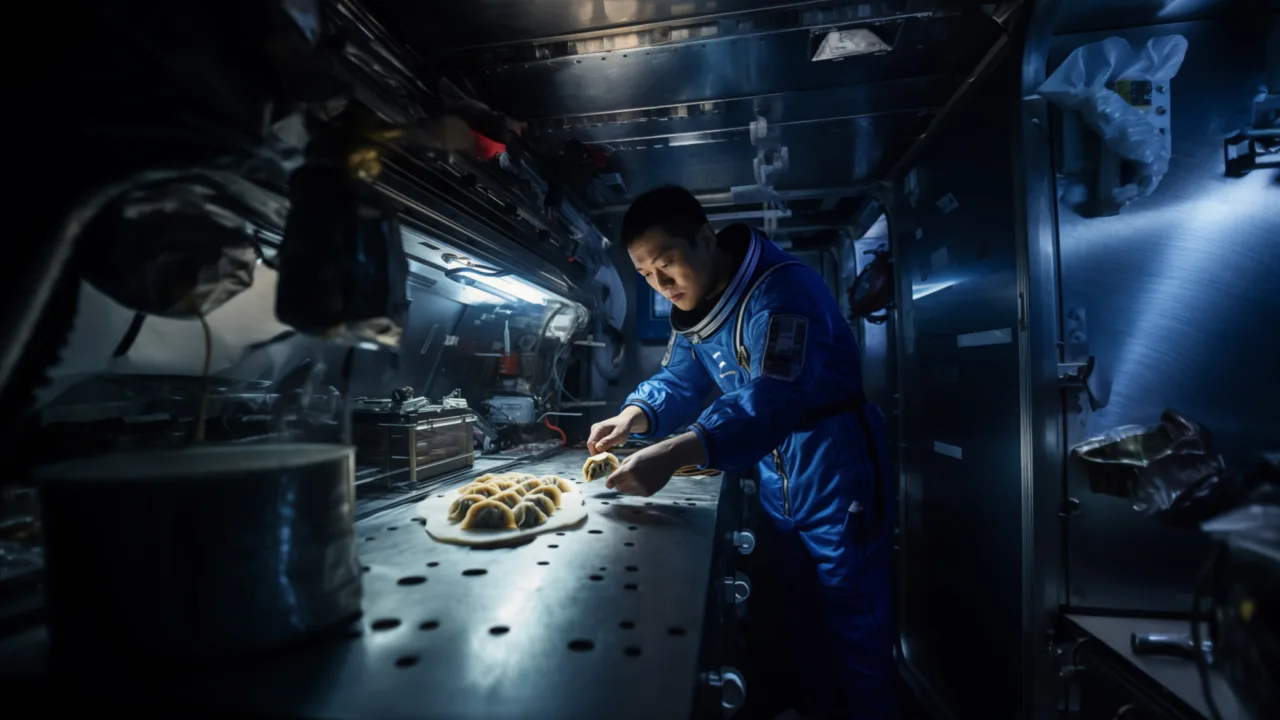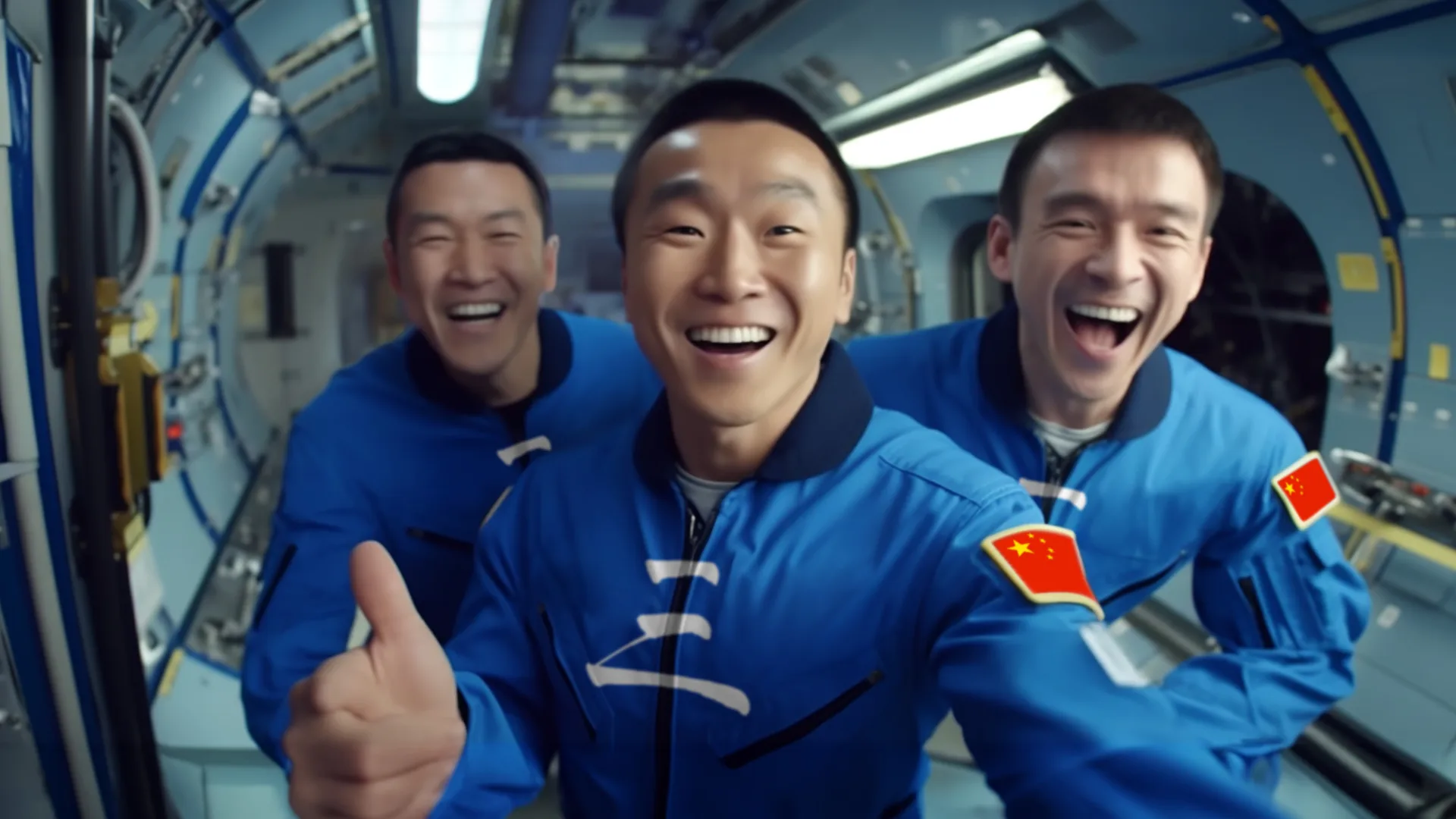

Meet San. The revolutionary Chinese mobile brand, documenting the lives of three astronauts as they embark on their seven-year journey to Saturn.
A new freedom for brand

What’s changed is technology – and the potential for these deceptions to become more convincing, and less easy to detect. The Rochambeau Club (Europe’s most exclusive social club) has done a brilliant job in generating interest and PR for Racquet Rosé, considering it doesn’t actually exist. Meanwhile the Abba Voyage tour (using virtual ABBA avatars performing alongside a live instrumental band), and Kendall Jenner’s AI chatbot for Meta use celebrity IP to blur the line between ‘reality’ and imagination – extending careers, even achieving immortality.
Imagine a future where AI versions of Coco Chanel and Alexander McQueen host The Great British Sewing Bee. Imagine a deep-fake brand like San – delighting, educating, and amazing audiences – for a fraction of the cost and environmental impact of sending a real rocket into space. Technology allows us to take off the ‘truth’ brakes, making creative potential more expansive, just as it does in fiction.
Where do we draw the line? Brands need to distinguish between engagement and deception. A fiction that entertains and delights, or reveals a deeper truth about the audience or brand can be powerful.
An AI influencer that people become emotionally attached to without realising they’re not ‘real’ is no less engaging or even rewarding.
Brands that are brave can embrace this as an opportunity to leap ahead. By thinking like a storyteller, powered by technology, we can unlock the creative potential of fictions. To create lives, actions and experiences where nothing is impossible, and the only limit is what we can imagine. To increase, not diminish, what brands mean in peoples’ minds. And to unleash the next innovative chapter of brand.